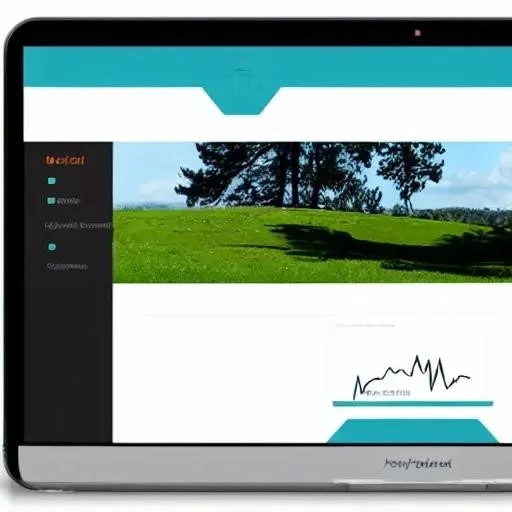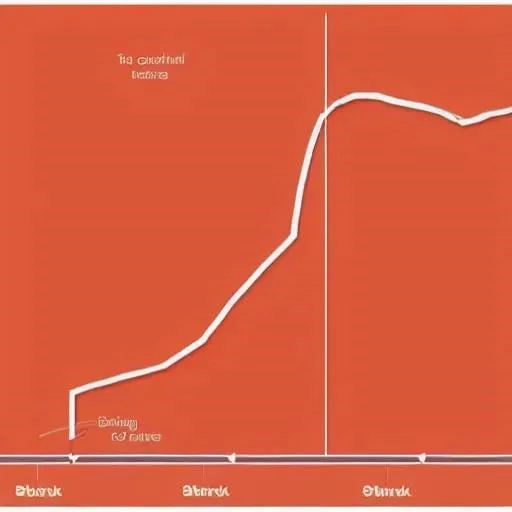Today is 10/01/2025 10:58:00 ()
For decades, the investment strategies of insurance companies were often perceived as bastions of conservatism, meticulously constructed around bonds and blue-chip stocks, driven by a paramount need for capital preservation and stable returns. However, in an increasingly dynamic and intricate financial landscape, a remarkable transformation is quietly unfolding. Forward-thinking insurance carriers are now decisively embracing a versatile and incredibly effective investment vehicle: Exchange-Traded Funds (ETFs). This strategic pivot is not merely a fleeting trend but a fundamental recalibration, signaling a profound shift in how these financial behemoths approach portfolio management and risk mitigation in the 21st century.
The allure of ETFs for insurance companies, traditionally stewards of vast and often long-term liabilities, stems from their inherent blend of diversification, liquidity, and cost-efficiency. By integrating insights from sophisticated market analytics and a keen understanding of evolving economic cycles, insurers are finding that ETFs offer an unparalleled pathway to optimize asset allocation, reduce transactional friction, and gain targeted exposure to specific sectors or asset classes with unprecedented agility. This burgeoning adoption reflects a pragmatic response to persistent low-interest-rate environments and the ever-present demand for enhanced yield without compromising regulatory compliance or solvency requirements, effectively propelling them into a new era of strategic investment.
| Aspect | Description | Key Benefit/Consideration for Insurers | Industry Example/Data Point |
|---|---|---|---|
| Definition of ETFs | An investment product combining mutual fund characteristics with stock-like trading capabilities on exchanges. | Provides diversified exposure with intra-day liquidity, unlike traditional mutual funds. | Approximately 62% of study participants are utilizing ETFs. |
| Investment Scope | Insurers are investing broadly across equity and fixed income portfolios, with a notable preference for equity ETFs. | Enables strategic asset allocation, low-cost core portfolio construction, and cash friction elimination. | Most U.S. insurer assets are in Fixed Income, but they typically invest in Equity ETFs. |
| Sector Exposure | Targeted investments in specific industries, including insurance sector ETFs (property & casualty, life, reinsurance). | Offers diversification, growth opportunities, stable dividends, and defensive characteristics within specific segments. | Examples include iShares U.S. Insurance ETF (IAK) and SPDR S&P Insurance ETF (KIE). |
| Risk and Regulation | ETFs carry similar risks to traditional UCITS (market, exchange rate), but regulatory optionality for fixed income ETFs now exists. | Ensures compliance while offering flexibility in valuation methods for certain asset classes. | “The ruling allowed for optionality for the insurance companies,” regarding fixed income ETFs. |
| Market Players | Major asset managers like BlackRock, Vanguard, and State Street are prominent in the ETF space. | Access to a wide array of professionally managed funds with competitive expense ratios. | Vanguard S&P 500 ETF is popular for its low fees and broad market tracking. |
The pragmatic appeal of ETFs to insurers is multifaceted, extending far beyond mere cost savings. Crucially, these funds provide unparalleled liquidity, enabling companies to manage cash flows and maintain readily available capital, a critical factor in an industry often responding to unpredictable claims and regulatory demands. As Matt Bartolin of State Street articulately explains, insurers are increasingly looking to ETFs “to serve a broad range of functions within their general account portfolios,” from tactical adjustments to long-term strategic allocations. This adaptability is proving invaluable, allowing insurers to swiftly rebalance portfolios in response to market shifts or emerging opportunities, a capability traditionally hampered by the slower execution of individual stock or bond trades.
Moreover, the advent of new active and strategic beta ETF strategies is empowering insurers to design and build comprehensive portfolios with greater precision. This evolution allows for exposure to nuanced investment themes, such as specific sub-sectors within technology or emerging market debt, without the exhaustive research and higher management fees associated with directly owning a multitude of individual securities. For instance, while P&C and Health companies were observed as net buyers of ETFs in 2019, life companies, navigating different liability structures, also leverage these instruments, albeit with differing net activity. This nuanced engagement underscores the tailored utility of ETFs across the diverse segments of the insurance industry, each finding unique advantages in their deployment.
Expert opinions consistently highlight the transformative impact. Todd Rosenbluth of CFRA emphasizes that “insurers continue to look to ETFs to serve a broad range of functions,” a sentiment echoed by Vanguard’s Kelly Sweppenhiser, who points to how insurers “use ETFs to enhance portfolio efficiency.” From optimizing asset allocation to constructing low-cost core equity portfolios and eliminating cash friction, the practical applications are extensive. Furthermore, the regulatory landscape is adapting, with recent rulings providing insurers optionality to use systematic value over fair value for fixed income ETFs, a development warmly welcomed by industry leaders like Nettleship, signifying increasing flexibility and integration into established financial frameworks.
Looking ahead, the trajectory for insurance companies investing in ETFs appears robust and promising. With approximately 34% of insurance companies utilizing ETFs in 2018, and that number demonstrably growing, the trend is unequivocally upward. The ability of ETFs to offer exposure to diverse assets or specific sectors through a single, easily tradable fund is a powerful proposition in an era demanding both efficiency and targeted growth. As the financial world continues its inexorable march towards digitalization and data-driven decision-making, the synergy between the vast capital of insurance companies and the adaptable nature of ETFs is poised to unlock unprecedented value, ensuring financial stability while simultaneously capturing market upside. The future, undoubtedly, is one where ETFs are not just an option, but a cornerstone of prudent and progressive insurance investment strategy.






